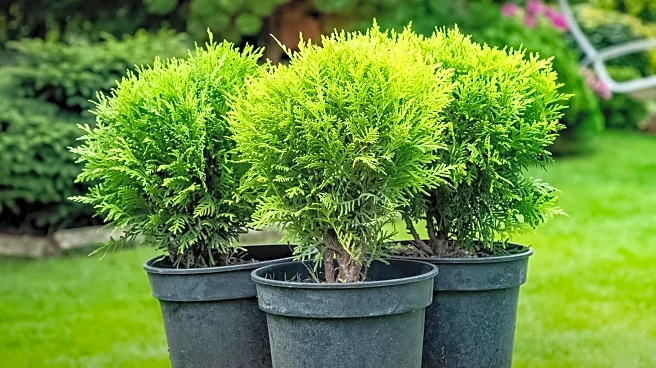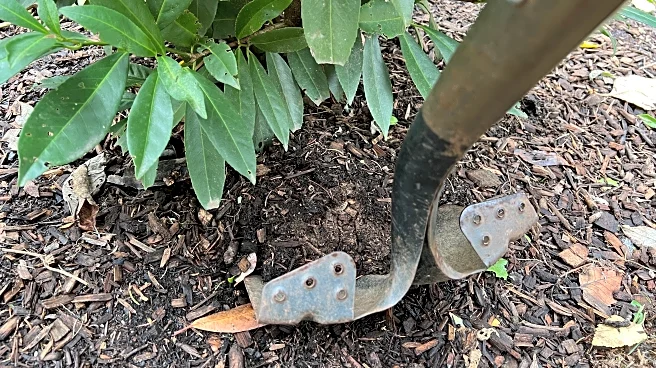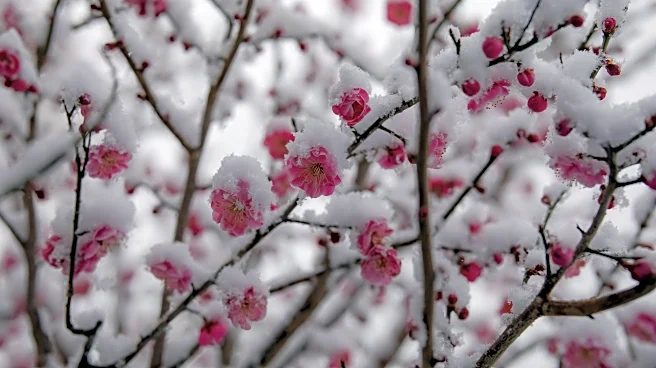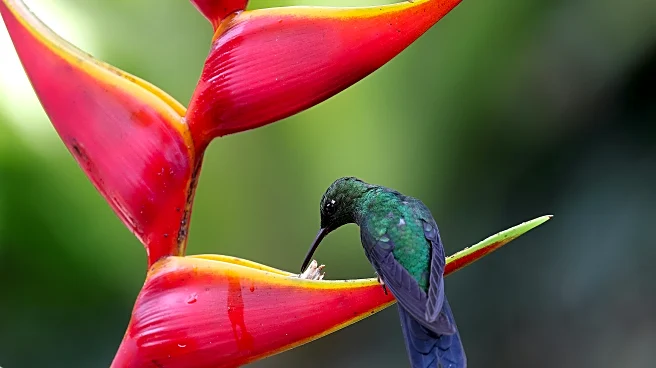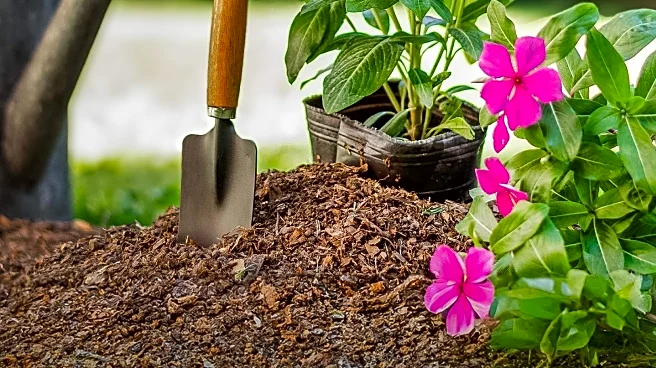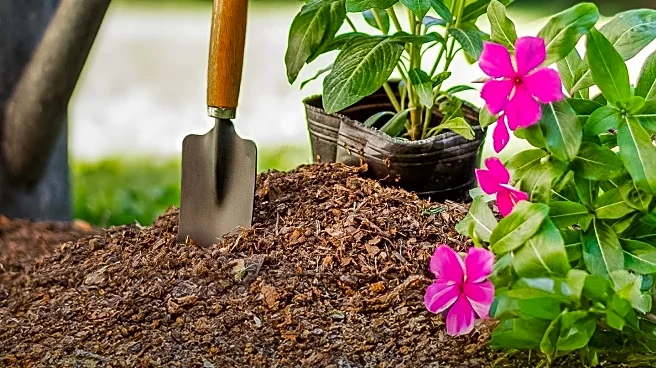What's Happening?
As the gardening season comes to a close, experts emphasize the importance of timing when transplanting shrubs to ensure their healthy growth. According to gardening columnist Jessica Damiano, shrubs that bloom in late summer and fall should be transplanted
in spring, allowing their roots to establish before blooming. Conversely, spring and early summer bloomers should be relocated in the fall. Proper preparation involves understanding the depth and width of the plant's roots, digging a new hole before removal, and ensuring the plant's crown sits at the correct level to prevent rot or drying out. The process includes careful digging, transporting the shrub on a tarp, and backfilling the hole with soil while eliminating air pockets. Regular watering and mulching are recommended, but fertilization should be delayed until mid-to-late spring.
Why It's Important?
Transplanting shrubs at the right time is crucial for their survival and thriving. This practice impacts gardeners who aim to optimize their landscape layouts and ensure the longevity of their plants. Proper timing and technique can prevent common issues such as root damage, rot, and inadequate growth. By following expert advice, gardeners can enhance their outdoor spaces, contributing to the aesthetic and environmental value of their properties. This guidance is particularly relevant for those looking to rearrange their gardens to accommodate new designs or correct previous planting errors.
